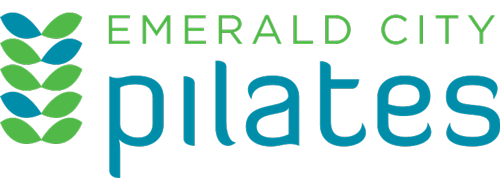STP + ECP: Why Cycling & Pilates are a Win
STP + ECP: Why Cycling & Pilates are a Win
Emerald City Pilates would like to take a few moments to give a shout out to the thousands of super-fit maniacs who just completed the STP Bicycle Classic!
You trained, you showed up, and you cycled over 200 miles through the beautiful hills of the Pacific Northwest. We have no doubt that you feel euphoric, accomplished, and stiff. While you bask in your accomplishment, let us school you on how Pilates can help elevate your recovery to the next level—not only after ultra-races like the STP, but as part of your normal training regimen.
Upper Body
If you experience pain in your shoulders and chest after riding, chances are these muscles lack the strength to support your head’s weight for extended periods of time. Any muscle group that must stay contracted for long periods must intentionally be developed to do so. Otherwise, you can consider pain and injury a constant sidekick. When riding a bike, there is a lot of work going on with the nerves and muscles between your shoulders and chest. Pilates is an ideal way to strengthen these muscle groups, because it strengthens and balances not only the shoulders, but the muscles around the shoulders. Pilates employs strengthening dynamic and static movements, which ensure a synergistic balance between the shoulders, neck, and chest, taking the pressure off the muscles that work to support the head the most.
Lower Body
If you get off your bike after a long run and feel like being the Tin Man from Wizard of Oz would be a step up, it’s time to give some focused attention to your hip flexors. Pilates considers the hips as part of the core, so naturally, we give them all the attention they deserve. Cycling’s repetitive movements can result in shortened hip flexors, which can cause tight glutes, which can cause pain and injury. Pilates ensures that not only are the flexors strengthened, but that they’re lengthened, as well.
Movement
Cyclists spend a lot of time leaning forward in what’s called the sagittal plane. In order to maintain quality mobility, stability, and balance, it’s important to also operate in the frontal plane (moving side to side) and the transverse plane (rotating and twisting). The body is created to work in all three, so when we neglect doing so, we increase our probability of injury and weaken muscles and joints throughout the entire body.
Working on a bike for hours, while a formidable accomplishment, is sure to throw the body out of balance. Incorporating Pilates into any cycling regimen is a move that will keep you rolling in the right direction.
